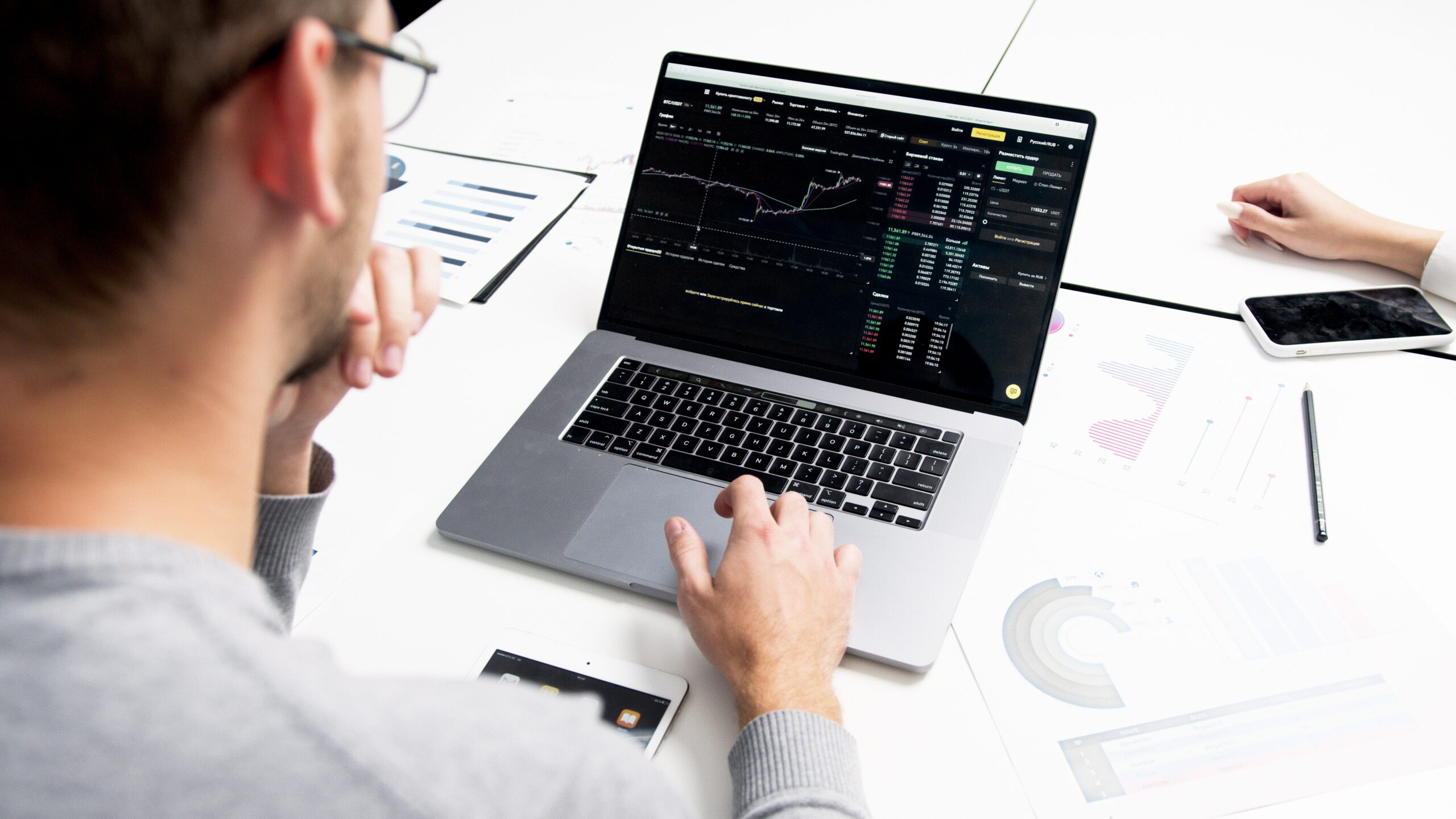What is the Fear and Greed Index
The index shows what investors think about a certain asset. The calculation looks at four factors: the number of trades, the number of open positions, an analysis of social media, and the number of search queries. How Does the Fear and Greed Index Work? CNNMoney came up with...

The index shows what investors think about a certain asset. The calculation looks at four factors: the number of trades, the number of open positions, an analysis of social media, and the number of search queries.
How Does the Fear and Greed Index Work?
CNNMoney came up with the Fear and Greed Index, also called the Fear and Greed Index (now called CNN Business).
The Greed and Fear Index is a measure of how investors feel about the market. A bear market is marked by the “fear” zone, while a bull market is marked by the “greed” zone. The value of the index can be between 0 and 100, with 0-24 being the most fear, 25-49 being fear, 50-74 being greed, and 75-100 being the most greed.
Fear means that investors are very worried. This is often a good sign that you should buy an asset. Extreme Fear is the name for the point at which the whole market is afraid.
Greed shows how greedy investors are right now. So, the market needs to be adjusted. So, the most important thing about it is Extreme Greed.
The Bitcoin Fear and Greed Index shows the same thing as the traditional market’s Fear and Greed Index: how willing investors are to buy or sell BTC. This shows where the cryptocurrency market is most likely to go.
Why Track the Fear and Greed Index?
As we’ve already said, the index shows what investors plan to do with their assets. When the indicator is in the “fear” zone and investors are “scared,” they are more likely to sell. If they become “greedy,” they are more likely to buy.
In other words, the index tells investors how the stock/crypto market is doing, and you can use this information to build your trading strategy.
At the same time, it should be clear that judging fear and greed with just one measure is not enough. Use more tools for analyzing the market before making a decision. For example, you could use oscillators to figure out how an asset will do in the future.
How to figure out the Bitcoin Fear and Greed Index
For cryptocurrencies, there are several ways to figure out this index. For instance, btctools gives you four choices:
Compare the current trading volume with data from the past (30-90 days ago)
The open interest of exchanges in the asset is compared to the data from the previous period. When the open interest is high, it shows greed, and when it’s low, it shows fear.
It also gets information from Reddit and Twitter. Analysts look at posts that talk about bitcoin or other digital currencies to figure out how people are feeling. Messages of hope talk about greed.
analysis of how many people searched for bitcoin or other assets and how they changed over the past month.
CNN’s “classic” index of greed and fear is based on seven market factors. Each one’s data can be looked at on its own:
Demand for junk bonds
Market width is the ratio of the number of shares traded that are going up to the number of shares traded that are going down.
Momentum looks at how the S&P 500 index has changed over the last 125 days. The more investors want to make money, the higher the average;
Market volatility (sometimes taken into account by indices of fear and greed for cryptocurrencies)
Options to put and options to call
The share price went up
Demand for risk-free assets
The Bottom Line
When people are very scared, most investors start pulling their money out. This makes shares less valuable, so their value goes down. For players with a cold head, this is a sign that they might be able to buy something.
So, when the VIX volatility index shows that investors are too greedy, the price of shares goes up, which could mean that it’s time to sell assets that are too hot.
It’s important to remember that the index is based on the prices of market assets and the amount of trading going on at the time. The index refers to tools that aren’t so much used for fundamental market analysis as they are for technical analysis. This means that you shouldn’t make decisions based on it alone. The index must be used with other financial indicators to reduce market risk and create a more balanced strategy.
